Lake Bolsena is a volcanic pearl that preserves the stories of ancient peoples
When we talk about Italian lakes, our thoughts most often drift northward, to Garda, Maggiore, or Como, where the Alps embrace the water and luxurious villas reflect on its surface. But Italy also hides a different kind of lake beauty, one whose waters have filled the cratered valleys of extinct volcanoes. Among them, one stands out for its size, beauty, and the stories that have been woven along its shores for centuries. That lake is Lake Bolsena.
Located in the heart of the Lazio region, halfway between Florence and Rome, this lake is not only the largest volcanic lake in Europe but also one of the cleanest freshwater lakes on the continent. Its surface, covering nearly 114 square kilometers, is home to natural wonders, archaeological treasures, and medieval towns that seem to have stepped straight out of the pages of a novel.
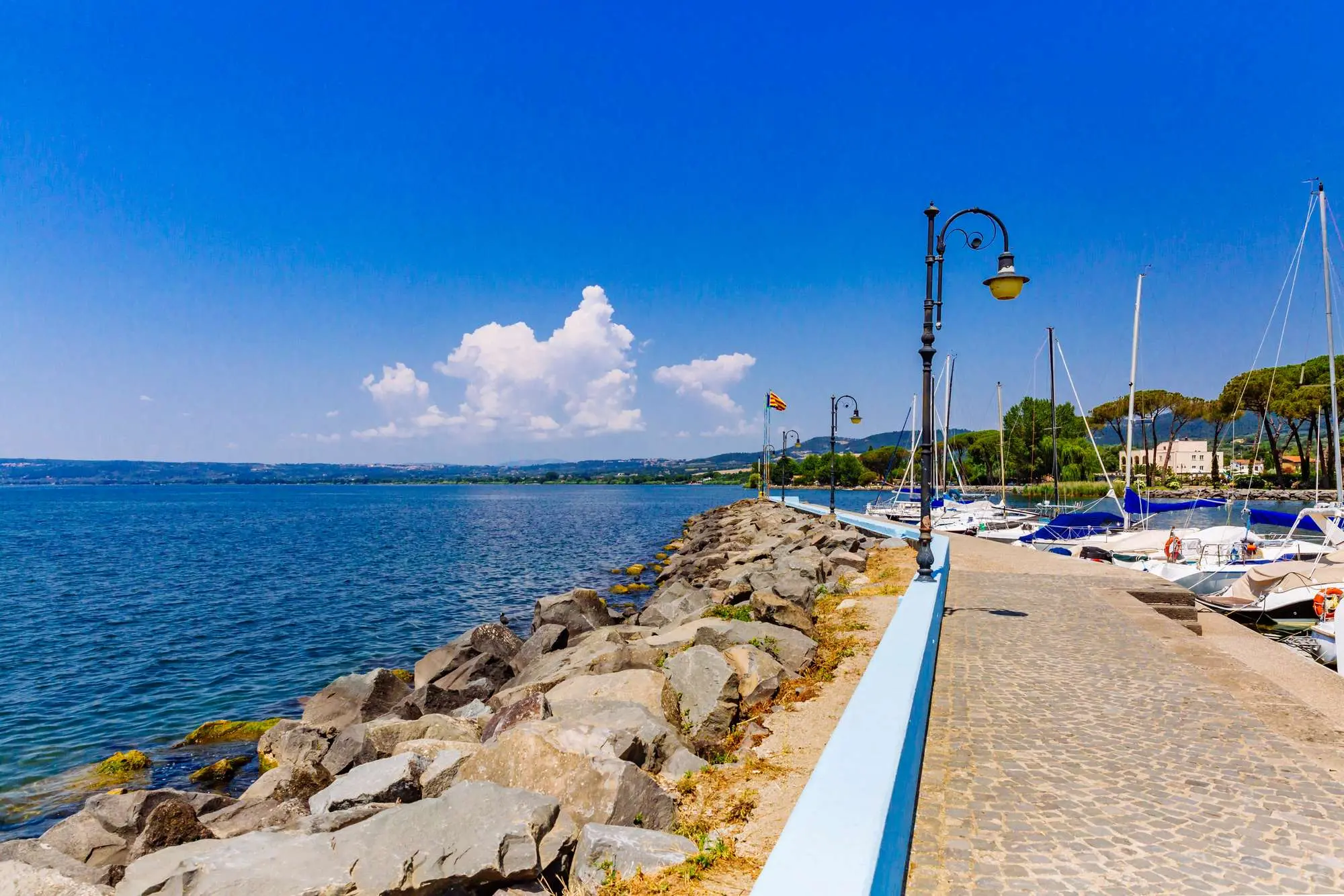
Lake Bolsena, Photo: markzhu Depositphotos
HOW WAS LAKE BOLSENA FORMED?
Lake Bolsena was formed around 370,000 years ago when the massive volcanic complex of Vulsini, which once dominated this part of Italy, experienced several powerful eruptions. The last of these left behind a vast crater, a caldera, which gradually filled with water. This gave birth to the lake we see today. Its volcanic origin is still visible in its geological layers and the two scenic islands, Bisentina and Martana, that rise from its depths.
Despite its fiery beginnings, the lake today radiates peace. Its waters are clear and pure, largely unpolluted thanks to strict environmental protection laws and a ban on motorboats with petrol engines. The lake is fed solely by underground springs and rainfall, with its only outflow being a river such as the Marta.
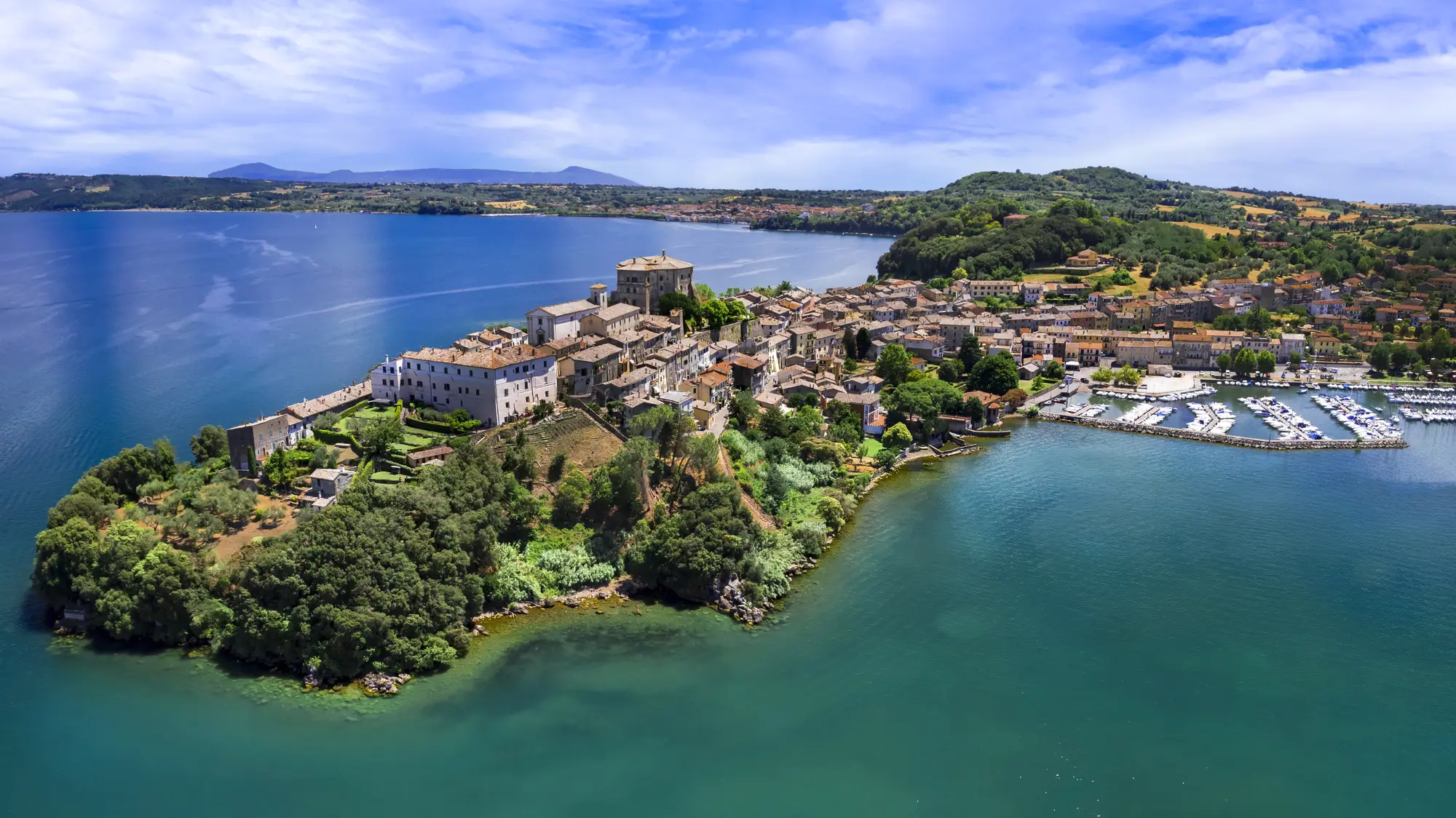
Capodimonte, Lake Bolsena, Photo: Maugli Depositphotos
FROM THE ETRUSCANS TO THE PAPAL STATE
Before the Romans took control of this region, the shores of the lake were part of Etruscan civilization. The archaeological site of Volsinii, an ancient settlement, bears witness to a sophisticated culture that existed here centuries before Christ. Interestingly, the name Bolsena is considered a direct descendant of the ancient Volsinii, which the Romans destroyed and relocated slightly to the south, where the present-day town now stands.
In the Middle Ages, the lake became an important stop along the Via Francigena, the pilgrimage route that connected England to Rome. Many pilgrims would pause by its shores, praying in the churches and monasteries that sprang up around the lake.
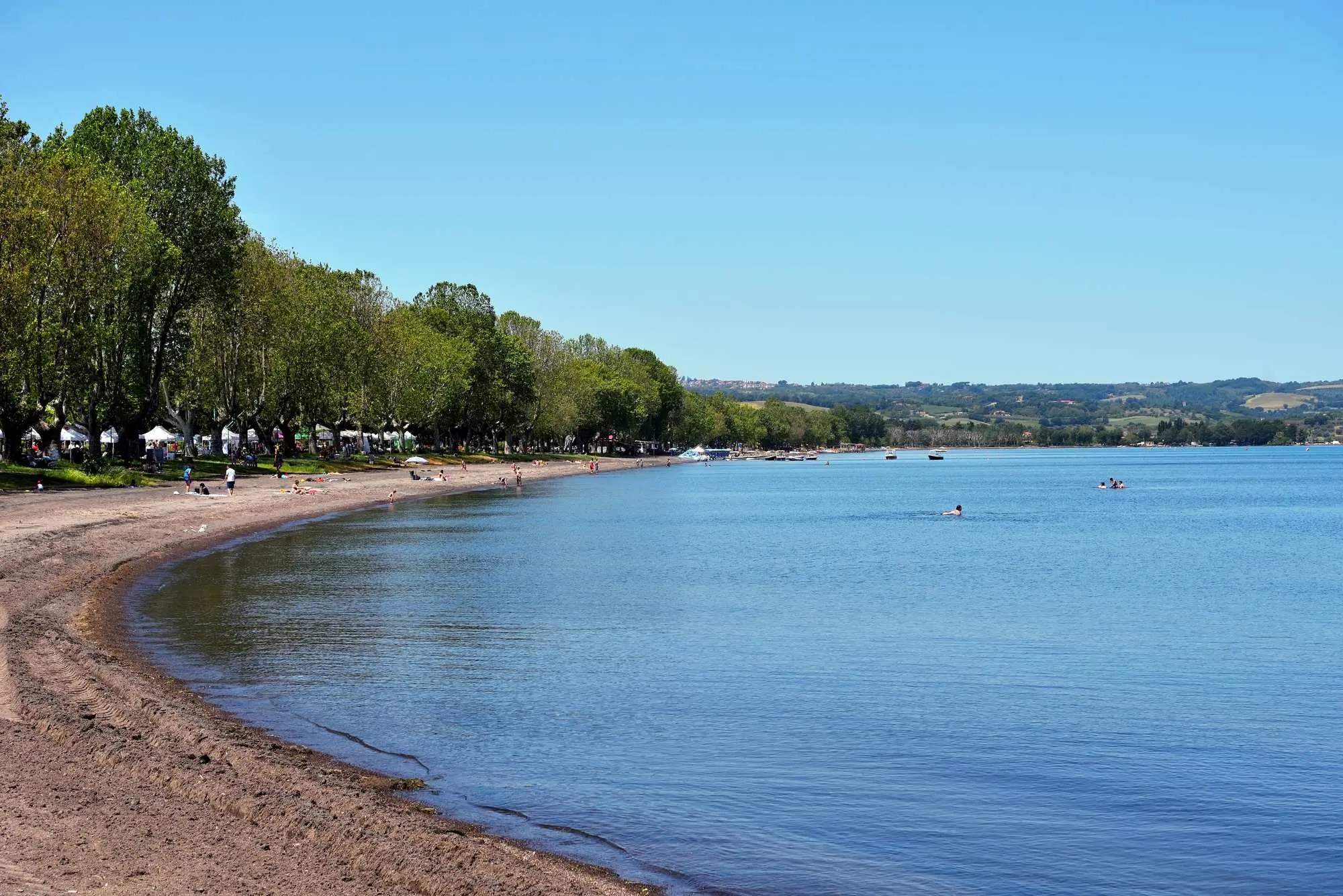
Lake Bolsena, Photo: maudanros Depositphotos
A LIVING STAGE OF PAST CENTURIES
The largest settlement on the lake’s shore is Bolsena, a town that shares its name with the lake and preserves numerous historical landmarks. A walk through its streets reveals medieval walls, the Rocca Monaldeschi fortress, and the impressive Basilica of Saint Christina, where, according to legend, the Eucharistic miracle of 1263 took place. That event later inspired the feast of Corpus Christi.
On the southern side of the lake lies Montefiascone, known for its panoramic views and for the wine Est! Est!! Est!!!, whose name is linked to a legend about a German bishop and his servants. In their search for the best wines in Italy, they marked the doors of inns with the word “Est,” meaning “It is here” (good wine is here).
On the western shore, you’ll find Capodimonte, perhaps the most charming spot on the lake, with a small harbor, a long lakeside promenade, and views of the island of Bisentina. Nearby are picturesque villages like Gradoli and San Lorenzo Nuovo, each with its own stories and atmosphere.
THE ISLANDS IN THE LAKE ARE FILLED WITH SANCTITY AND MYSTERY
The island of Bisentina, the larger and more accessible of the two lake islands, was owned by the Church for centuries and served as a retreat for cardinals and monks. Today, it is home to churches, monasteries, tombs, and pine forests that conceal the view of mysterious chapels carved into the rock.
On the other side lies the island of Martana, smaller and closed to the public. It is best known for the legend of Queen Amalasuntha, who was allegedly imprisoned and murdered there in the mid-6th century. Although inaccessible, it appears almost surreal from the shore, like a stone guardian of the lake’s silence.
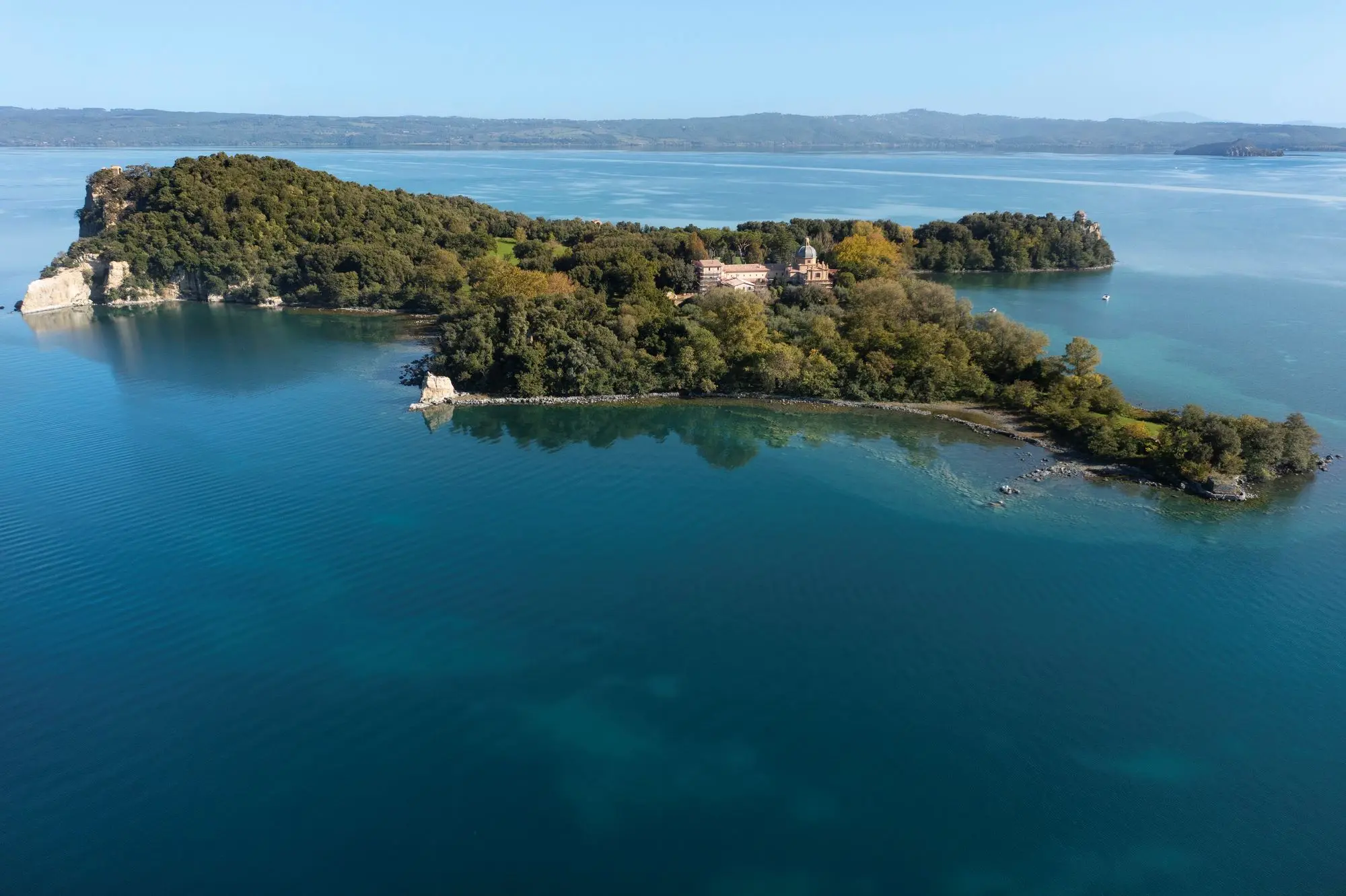
Bisentina Island, Lake Bolsena, Photo: Maxmaxmaxmax85 Depositphotos
FROM WALKING TO SAILING
The lake is ideal for those who enjoy a blend of nature, history, and peace. Here, you can swim in exceptionally clean water, rent a bike and explore the shoreline, take a small boat to the island of Bisentina, or simply spend the day on the beach, in the shade of the trees.
Archaeology enthusiasts can visit the museum inside the Rocca Monaldeschi fortress, while those with a romantic spirit will be drawn to the wine cellars of Montefiascone. During the warmer months, the lakeside comes alive with small festivals, fairs, and fishermen’s feasts, all reminding you how deeply life here is connected to the water.
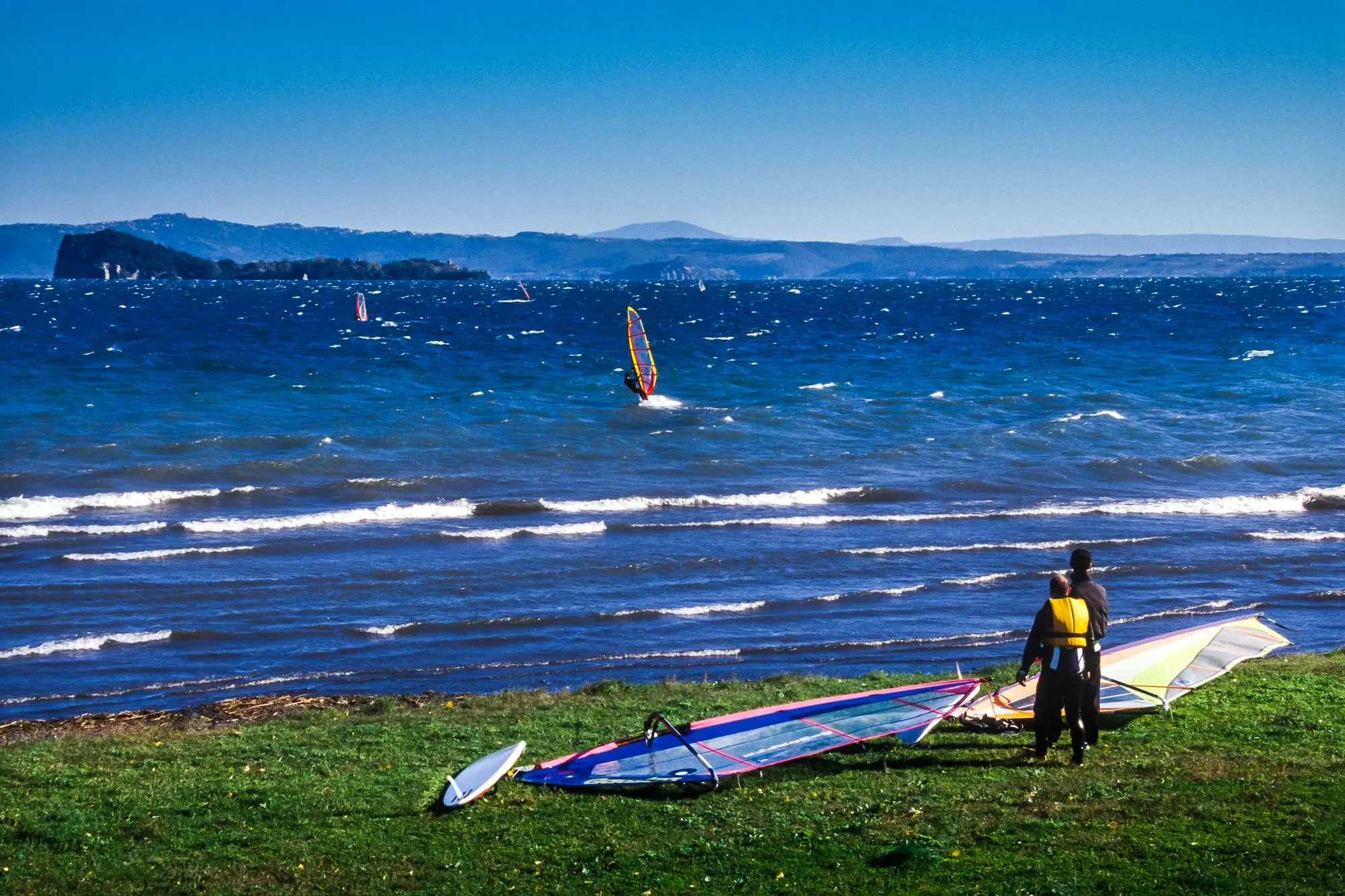
Lake Bolsena, Photo: robertonencini Depositphotos
WHY VISIT LAKE BOLSENA?
Because it is one of those places where nature and history do not compete for your attention, they share it. Where each sunset casts a golden glow over the waves, along the same paths once traveled by the Etruscans, and where silence itself is an invitation to explore.

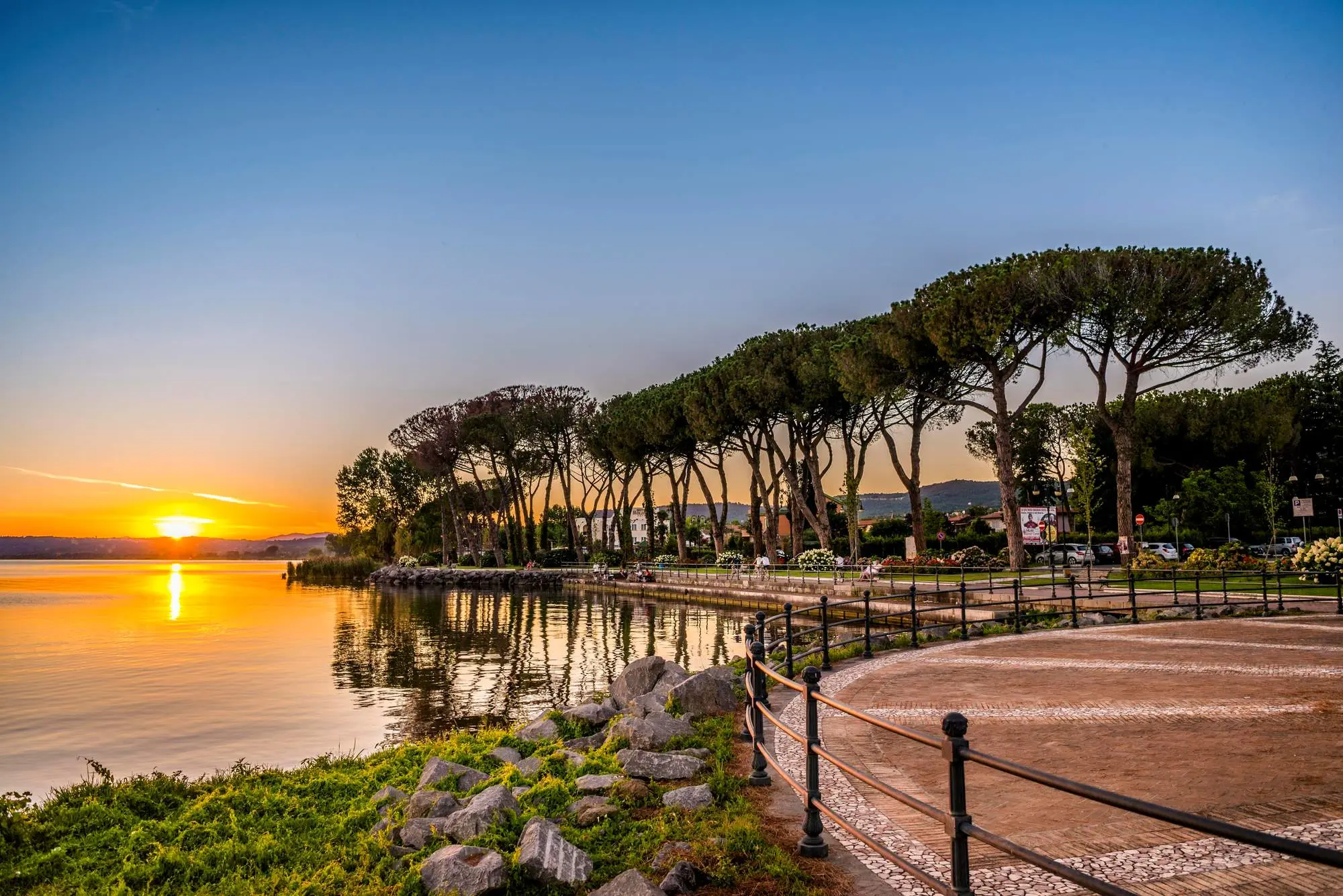
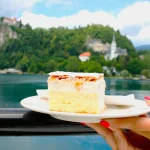
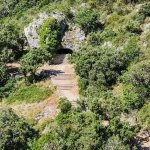
Leave a Reply